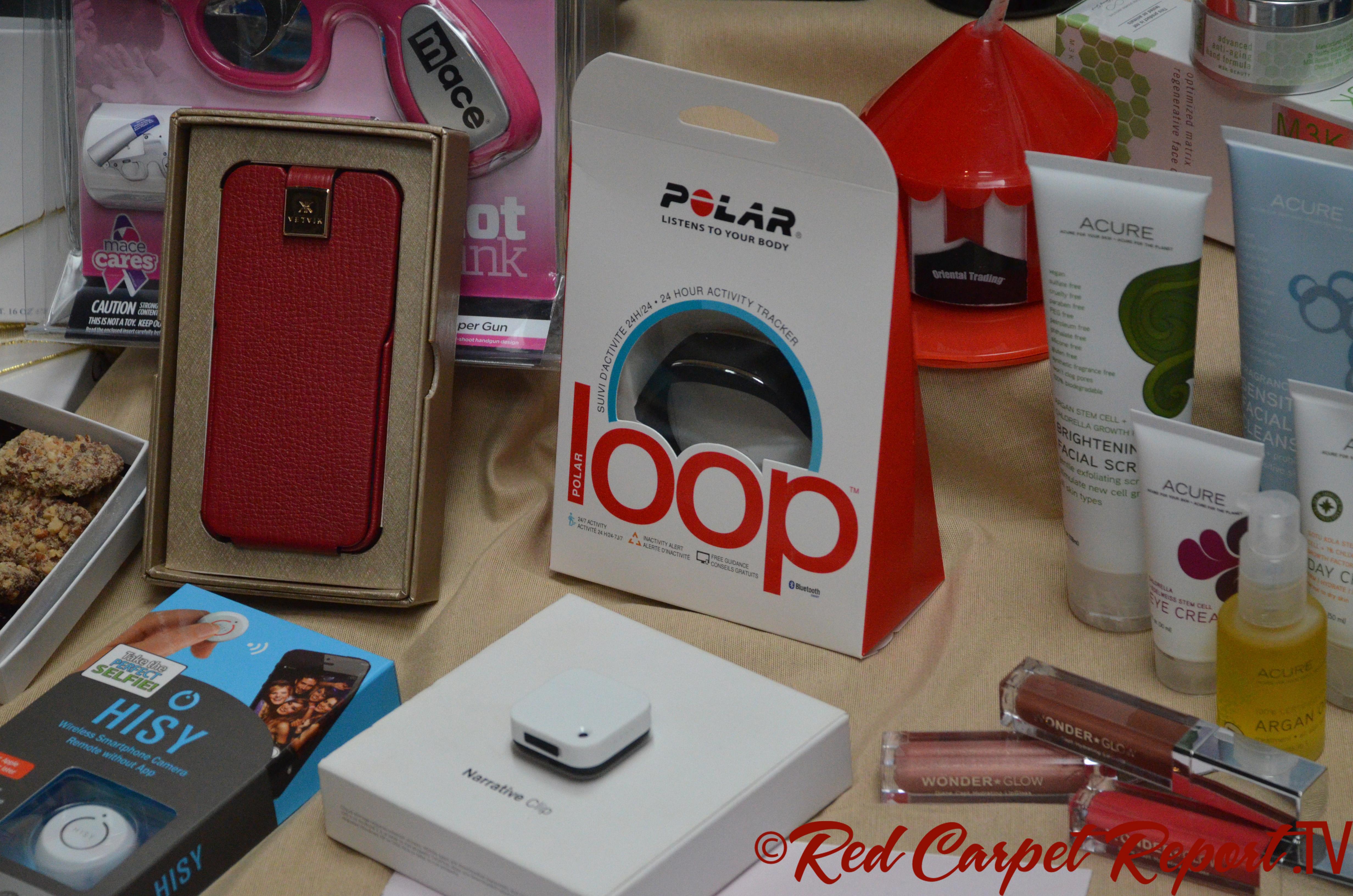The Debate Over Haircare Packaging and Sustainability
In a world where the whispers of sustainability have grown into a resounding chorus, the beauty industry finds itself standing at the crossroads of tradition and innovation. Among the myriad facets of this industry, haircare packaging has emerged as a battleground where environmental consciousness and consumer convenience vie for supremacy. This debate, rich with complexity and nuance, delves into the intricate dance between aesthetic allure and ecological responsibility. As brands scramble to redefine their identities in the green age, consumers are left to ponder: can beauty truly be sustainable? Join us as we unravel the tangled threads of this pressing conversation, exploring the challenges, breakthroughs, and the future of haircare packaging in a world that demands more than just a pretty face.
Rethinking Plastics in Haircare: A Path to Greener Packaging
The beauty industry is undergoing a transformation, and the spotlight is on the humble shampoo bottle. Traditional plastic packaging, while convenient, has become a symbol of environmental concern. Brands are now exploring innovative solutions that merge functionality with sustainability. Biodegradable materials, such as corn starch and bamboo, are being introduced, offering a glimpse into a future where haircare products don’t contribute to landfills. Companies are also considering refillable systems, allowing consumers to reuse containers, drastically reducing plastic waste.
In this quest for greener alternatives, several creative packaging ideas have emerged:
- Solid shampoo bars: Eliminating the need for plastic bottles altogether, these bars offer a waste-free hair washing experience.
- Recyclable pouches: These lightweight options use significantly less plastic and are often made from recycled materials.
- Glass containers: Though heavier, they provide a durable and recyclable option for eco-conscious consumers.
As consumers become more eco-aware, the demand for sustainable packaging solutions in haircare continues to grow, pushing brands to innovate and rethink their impact on the planet.

Innovative Materials: The Future of Eco-Friendly Haircare Solutions
In the quest for sustainability, the beauty industry has turned its gaze towards the materials that envelop our beloved haircare products. Eco-friendly innovations are no longer optional; they are imperative. Enter the era of biodegradable packaging, recycled plastics, and even water-soluble wrappers. The use of such materials not only promises to reduce landfill waste but also minimizes the carbon footprint associated with production. While traditional plastic bottles have dominated shelves for decades, the shift towards green alternatives is gaining momentum, urging brands to rethink their packaging strategies.
The debate extends beyond mere material selection. Key considerations include:
- Biodegradability: How quickly can the material break down in natural environments?
- Recyclability: Is the packaging easily recyclable, and are facilities readily available?
- Source sustainability: Are the raw materials sourced in an environmentally friendly manner?
- Consumer convenience: Does the eco-friendly packaging still offer the same level of convenience and usability?
As brands navigate these challenges, consumers are becoming more informed and demanding transparency in the choices made by their favorite companies. The future of haircare packaging hinges on the balance between innovation and ecological responsibility.

Balancing Beauty and the Environment: Challenges in Sustainable Packaging
In the quest to make haircare packaging more sustainable, brands face a delicate balancing act between maintaining aesthetic appeal and minimizing environmental impact. Packaging not only protects the product but also plays a crucial role in branding and consumer perception. However, the challenge lies in selecting materials that are both visually appealing and eco-friendly. Plastic alternatives, such as biodegradable materials and recycled content, are increasingly popular, but they often come with their own set of challenges, such as higher costs and limited availability.
- Biodegradable Materials: While they break down more quickly than traditional plastics, they may not always offer the same level of protection, potentially impacting product quality.
- Recycled Content: Using recycled materials reduces waste but can sometimes compromise the clarity and finish of the packaging, affecting its shelf appeal.
- Refillable Options: These provide a sustainable solution by reducing single-use packaging, yet they require significant consumer buy-in and changes in purchasing habits.
Ultimately, the drive for sustainable packaging in haircare demands innovation and collaboration across the industry. The goal is to create solutions that don’t force a choice between beauty and environmental responsibility, allowing both to coexist harmoniously.

Consumer Power: How Choices Drive Sustainable Packaging Trends
In the realm of haircare, the surge in eco-conscious consumer behavior is reshaping how brands approach their packaging strategies. Today’s consumers are more informed and discerning, driving a significant shift towards sustainable packaging solutions. Biodegradable materials, recyclable containers, and refillable options are at the forefront of this transformation, as shoppers increasingly demand transparency and environmental responsibility from their favorite haircare brands.
- Biodegradable Materials: Brands are exploring innovative materials that decompose naturally, reducing landfill waste.
- Recyclable Containers: A push for materials that can be easily recycled is prompting brands to reconsider their packaging designs.
- Refillable Options: Encouraging consumers to reuse packaging by offering refill stations or products in bulk.
These trends highlight a growing awareness among consumers who recognize the power of their purchasing decisions. By choosing products with sustainable packaging, they not only support environmentally-friendly practices but also pressure companies to prioritize sustainability in their operations. As this movement gains momentum, the haircare industry must innovate continually to meet the expectations of its environmentally conscious clientele.
The Conclusion
As the conversation surrounding haircare packaging and sustainability continues to evolve, it is clear that this is not merely a trend but a pivotal moment in the beauty industry. The choices we make today will undoubtedly shape the future of how we care for both our hair and our planet. Whether it’s embracing innovative materials, reimagining traditional packaging, or supporting brands that prioritize eco-friendly practices, each decision contributes to a larger narrative of responsibility and innovation. As consumers, brands, and policymakers navigate this complex landscape, the hope is that collaboration and creativity will pave the way for a more sustainable tomorrow. the debate over haircare packaging isn’t just about bottles and boxes—it’s about envisioning a world where beauty and sustainability go hand in hand.


